Editor's Note: This is the first post (a very good one I may add) from new site writer "Charlie", who will be following and writing about the Indians Triple-A affiliate Columbus on the site. Thanks again to Charlie and all the others who have come on board to the IPI recently.
Pre-season expectations were reasonably optimistic for the Columbus Clippers 2009 squad for a variety of reasons. The Opening Day lineup sported the 3rd, 10th, 12th, 16th, 17th, and 20th rated prospects in the 2009 IPI rankings and the organization was rated as the 7th best according to Baseball America's organizational talent rankings. Add in an organizational philosophy of acquiring cheap veterans to be stashed in AAA and called upon when needed, and you have a pretty high talent-level for an International League team.
In addition to the upper-level prospects and presence of veterans littered throughout the core of the team, there were guys like Matt LaPorta and Trevor Crowe who figured to spend time shuttling up and down I-71 to provide month-long infusions of talent. From a position-player standpoint, the Clippers looked like they were going to score some runs.
However, like every AAA club in baseball, the most fluid thing on the team was going to be the pitching staff, and like every level of baseball pitching is going to heavily determine a team's success. Heading into the 2009 season, the Cleveland Indians starting rotation consisted of Cliff Lee, Fausto Carmona, Carl Pavano, Scott Lewis, and Anthony Reyes. This left David Huff and Aaron Laffey as ready-to-go prospects being stowed in AAA and players like Kirk Saarloos and Tomo Ohka as veterans that were there when the big league club had the need. No, these guys weren't going to throw shutouts on a nightly basis, but they figured to be steady and keep their team in the game every night out. Couple this setup with the 4th, 14th and 16th rated prospects in the bullpen and things started to look pretty good when it came to run-prevention.
But much like the parent club, things fell apart for the Clippers pretty quickly. Though the Clippers won their first game, they followed in Papa Tribe's footsteps soon thereafter and lost four of the next five. As injuries began devastating the big league team, the Clippers suffered as their ranks were drained. The team fell to 11-18 as the litany of starters during Cleveland's swoon and Columbus' corresponding AAA-sputtering included: Ohka, Saarlos, Jeremy Sowers, Jack Cassel, David Huff, Zach Jackson, and Greg Aquino, not exactly the solid five-man rotation you would hope for with a AAA team. On top of this, the potentially dominant bullpen never developed due to Adam Miller's injury, Tony Sipp's big league promotion and John Meloan's inclusion in a trade for Winston Abreu.
Despite all of these setbacks, a hot offense led by Andy Marte, Jordan Brown and Michael Aubrey brought the Clippers back to 31-30 with a win over their opening day victims: the poorly named Bats, in a 2-1 victory. Unfortuantely, this would be the last time they would sniff a .500 record.
The 2009 Columbus Clippers finished the season at 57-85, twenty-seven games out of first in the West. Much like the Indians, the Clippers could score with pretty much anyone, but couldn't stop anyone from scoring themselves. They had a top five offense in nearly every category, but had the worst staff in the league by a wide margin, allowing 46 more runs than the second worst team. Despite this, the Clippers pythag record projected them to win six more games than they actually did, and a good look at the trees doesn't make the forest that was the Clippers 2009 season seem so bad.
One thing that simply can't be overlooked is the organizational remodeling that occurred at every level. With every piece the Indians traded out at the Major League level, one had to be drawn from the minors. Yes, the most talent departed from the Major League level with Lee, Victor Martinez, Ryan Garko, Ben Francisco and Rafael Betancourt all being dealt, but the replacements for the guys replacing the departed stars weren't in AAA for a reason. Clearly, the Clippers were most heavily drawn upon and the big league need was immediate. We are talking about last-minute buses and flights for AAA guys that were being pressed into service that same night because the Indians needed a 25th man on the roster.
By the time the rebuilding storm was over the 2009 Clippers had been beaten beyond repair. They limped to a 10-27 record in August and September. Their horrible pitching numbers were made even worse by allowing 220 runs over those final 37 games, which if extended over a full season, would have put them on pace for 844 runs allowed rather than 731.
A huge bright spot for the 2009 Clippers was the outbreak of two players whom prospect status had begun to dim: Jordan Brown won the IL batting title by hitting .336 and slugging .532 to finish third in the league. Andy Marte out OPS-ed Brown by hitting at a .327/.369/.593 clip over 300 at bats and falling just short of the plate appearance minimum to qualify for the leaderboard in the IL. However, like all things Cleveland Indians-organization related in 2009, there was a catch. Marte was out of options and still clearly hadn't won the trust of soon-to-be-axed big league skipper Eric Wedge, and Brown was (in this fan's opinion) snubbed at roster expansion time when Niuman Romero got the call instead.
You have to look pretty hard to find an unblemished success story come out of Columbus, but they are there. One of the most promising things has got to be the graduation of guys like Tony Sipp, Matt LaPorta, Luis Valbuena, and Michael Brantley who appear to be big-league fixtures for the foreseeable future and the establishment of youngsters like Hector Rondon who got his AAA feet wet at the age of 22 and should be poised to get a cup of coffee with the Tribe in 2010. This crucial step in the development of young players cannot be understated for a team with the resources of the Indians. It would be great if we had a whole organization of talent's like Cabrera who only assemble a season's worth of at bats at AAA over their entire minor league career and graduate to the Majors without looking back, but that is the exception to the rule.
The Clippers mean to win every game and have a beautiful ball park, a dedicated front office led by Ken Schnacke, and a team filled with passionate young players trying desperately to fight their way on to the big league roster. All of these things lend themselves to the great organization that is the Clippers, but none of them necessarily lead to on-field success. Between an organization that was devoid of upper-level elite pitching talent until the big league trading deadline, a parent club that was destroyed by injuries and inconsistent performance and a constantly shifting lineup that was drained to fill the Indians with warm bodies, the Clippers stood little chance at having a pretty win-loss tally come season's end.
Despite all these things, the Clippers completed their main goal for 2009: they provided the Indians with a shelter for their assets, gave them flexibility with their injured players, hedged against their uneven performance and got the organization through a tough season. All eyes are on 2011 for the big league club to jump back into contention as all the pieces start to lineup for a two-year horizon, and this can mean only good things for the 2010 Clippers.



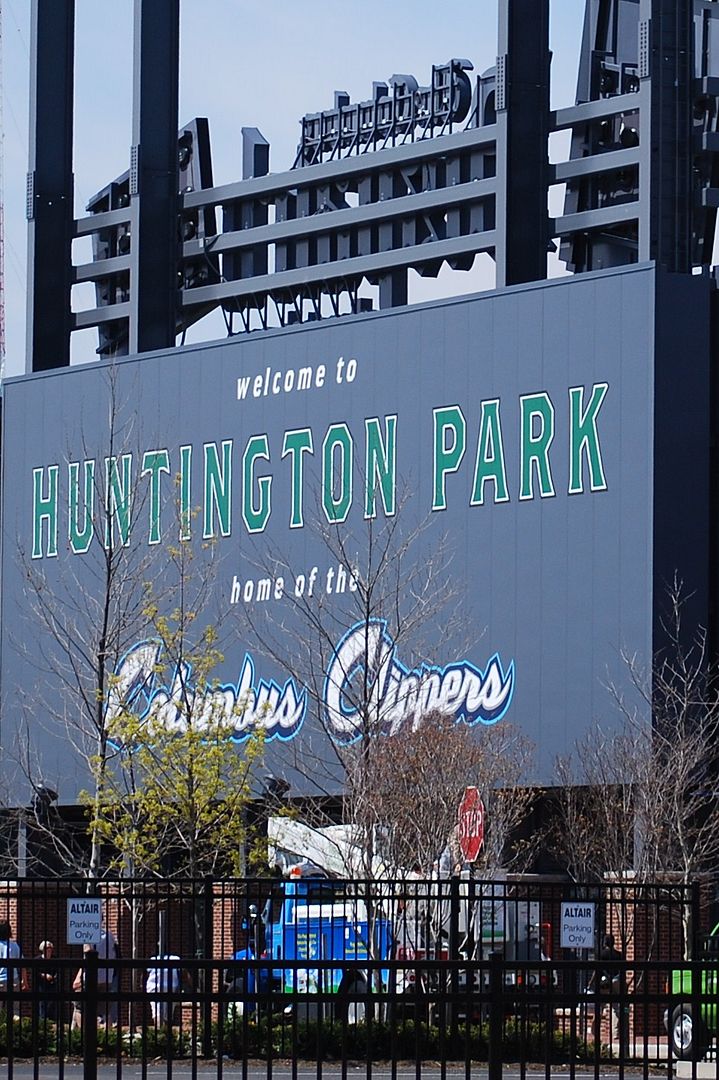






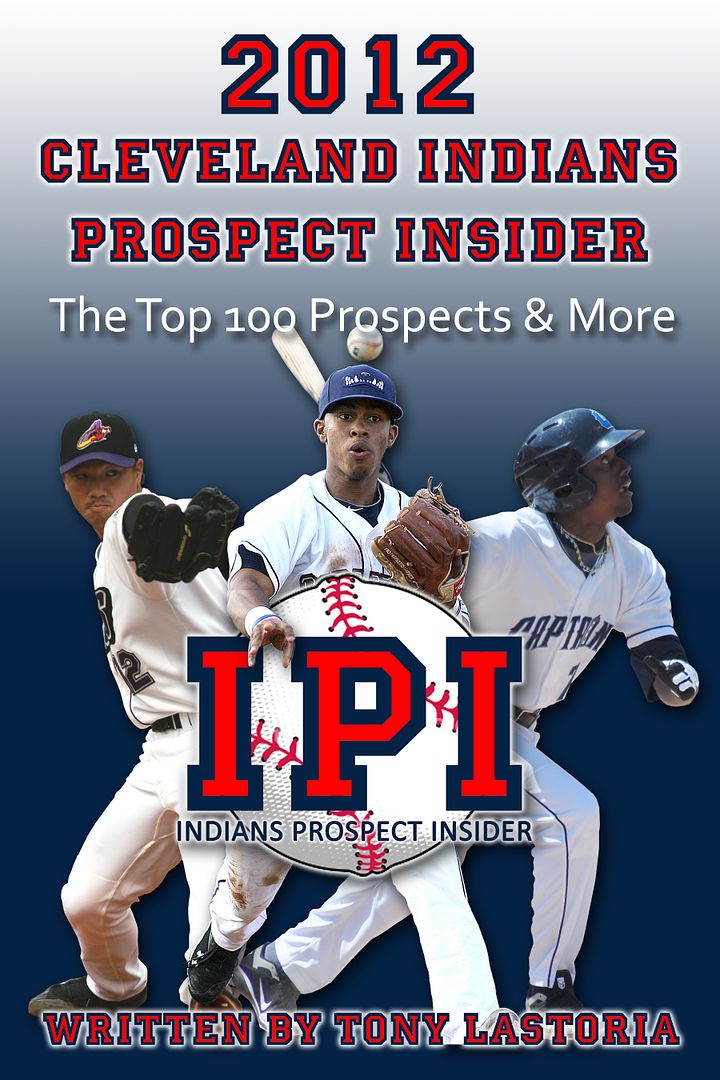
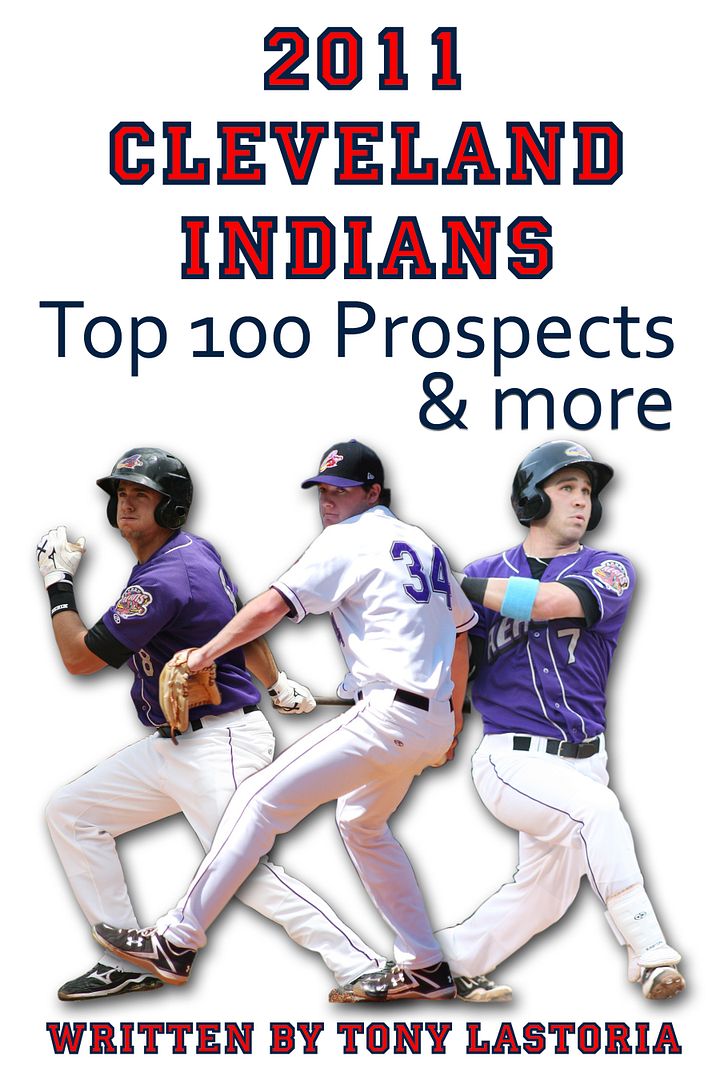
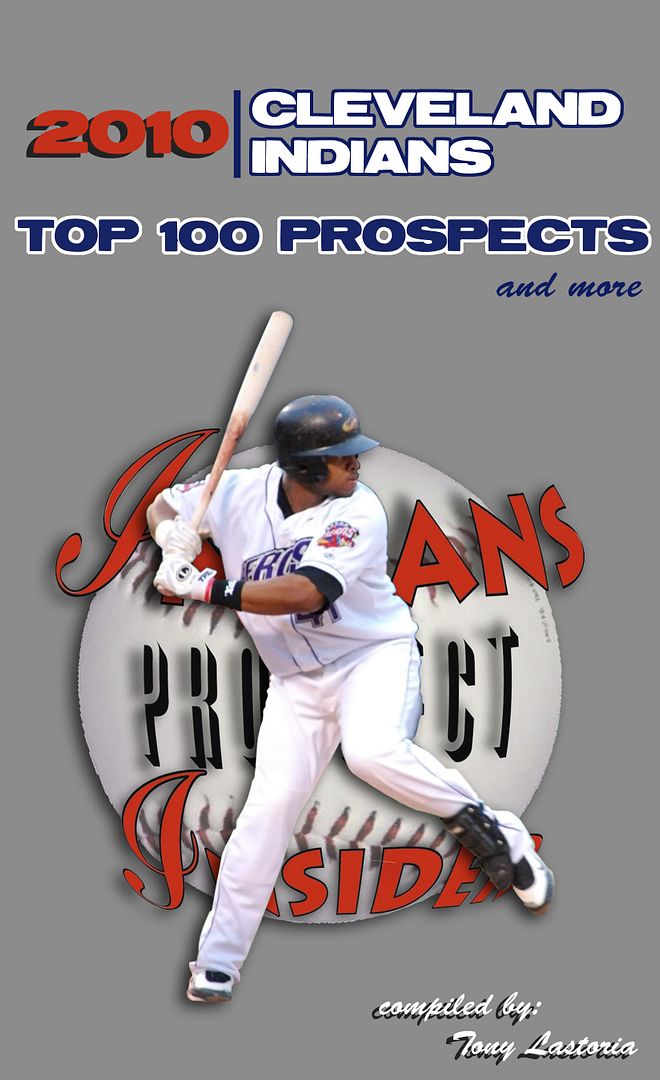
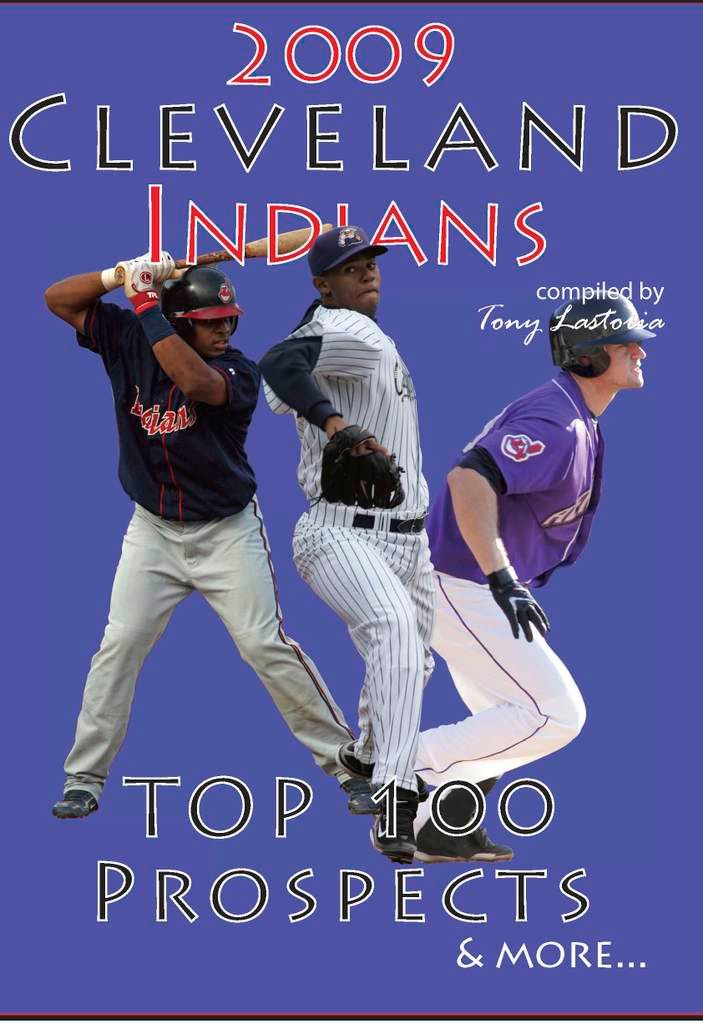
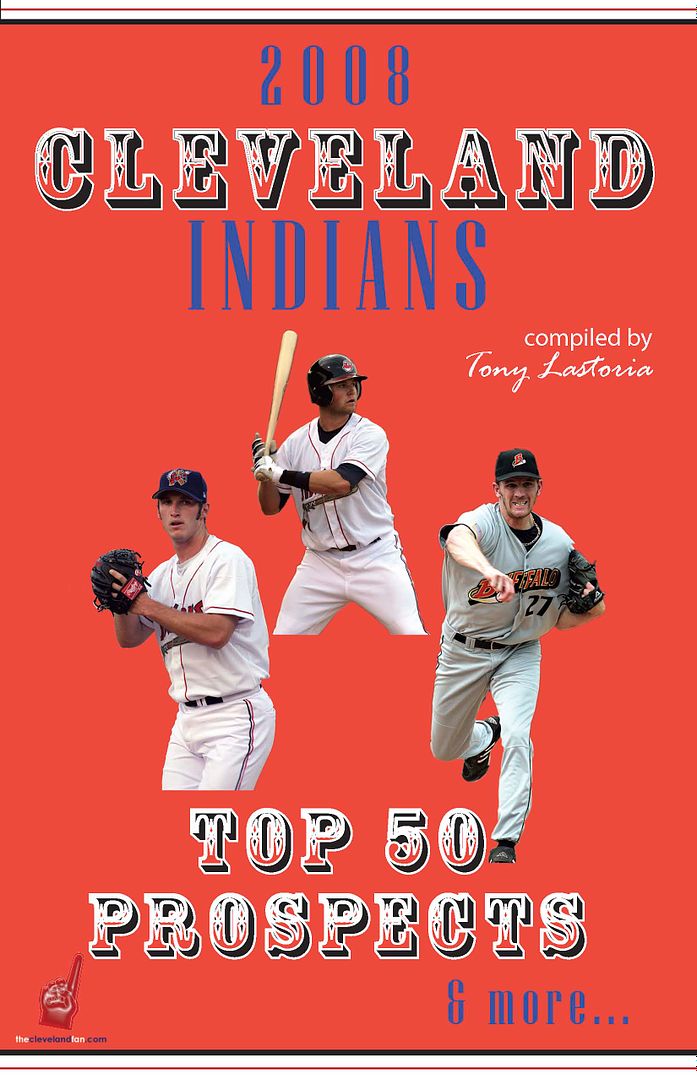
 Everything on this site is free, but for those interested in making any monetary contributions to help support the stability and growth of this site please click on the "Donate" button below.
Everything on this site is free, but for those interested in making any monetary contributions to help support the stability and growth of this site please click on the "Donate" button below.


0 comments:
Post a Comment